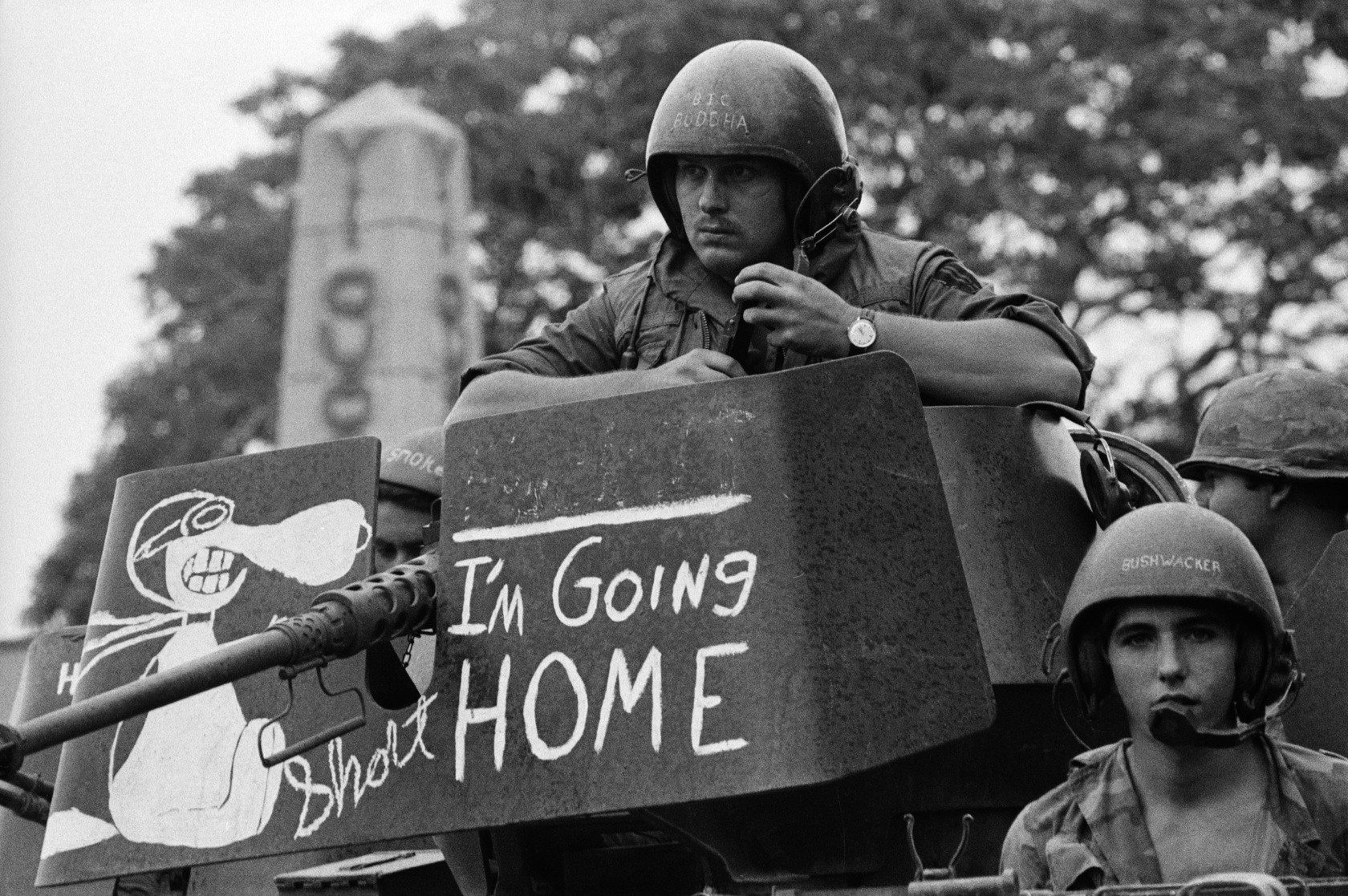Assignment 2: 360 Video Pitch(es[?])
by J.C. Kuang
- September 14
- in
VR and 360 video are parallel developments in their function as "empathy machines". We as content creators must focus on developing narratives and experiences that make the most effective use of this technology's strengths and limitations. For 360 video, one of these strengths is the ability to force a viewer to "search" for developments or unique moments in a narrative or experience. With all this in mind, I strove to come up with a concept for a 360 video that would make use of every (or at least, almost every) inch of space available to film. I came up with two.
The first and most recent of my ideas came about after hearing Roosevelt "Rick" Wright, a former Newhouse faculty member, discuss his vivid memories of navigating the intimidating U.S. Army draft. At the height of the war, Wright was one among tens of thousands of young men, some as young as 17, who received intimidating letters in the mail, marked with "Greetings from the President", mandating that they report to enlistment centers across the country. These would be "lousy with buses" escorting young men to military bases for processing. These and other images, it seems to me, make for a compelling and intimate narrative that could take place in various locations. I would like to tell a story inspired by Wright's, but set in a modern period, in order to explore how a system as archaic and controversial as the draft might affect society in 2016. I believe that, even though the nature of combat has changed significantly, a story like this might have the potential to create empathy for a generation of citizens whose experiences with war are vastly different than our own.
An introductory scene might take place in an average sized home populated by a nuclear family which has just received a draft letter. Another graduate student who spoke to Wright recounted how his grandmother would "drop draft letters behind the radiator" in an attempt to protect her son from going to war. Another might explore one of Wright's anecdotes, in which he questioned an Army doctor as to whether his nearsightedness would affect his qualification to serve. The doctor performed the "secondary Army Medical eye exam", which consisted solely of shining a light on an adjacent wall and asking if the wall was visible.
Originally, I had another pitch, which I didn't have much faith in as a topic that many people would rally behind, due to its relatively controversial nature, but it is still a narrative that I feel has merit in its potential to generate empathy regarding an issue that is relevant in society.
My fiancee is one of many young women navigating college campuses today who experience feelings of unease when, for whatever reason, they are forced to cover large distances on foot, through urban areas, at late hours, alone. This experience would be meant to generate empathy in young men, who have different experiences with walking through disconcerting areas without company. Hopefully, it can also prompt policymakers and campus administrators to reassert their commitments to the safety and comfort of women on college campuses. On the other hand, it has the potential to be traumatic to women who have been through experiences such as these firsthand.
Most scenes for a narrative such as this would entail broad shots in open spaces which followed a protagonist who might be turning a blind corner or waiting at an empty bus stop after dark. As these are relatively still and uneventful shots, there would be great potential to use audio cues to draw attention to emergent narrative developments, as well as to build suspense in a viewer.
NOTE: For a more robust and less gendered youth safety-oriented pitch, please see our classmate Jason's post.


COMMENTS